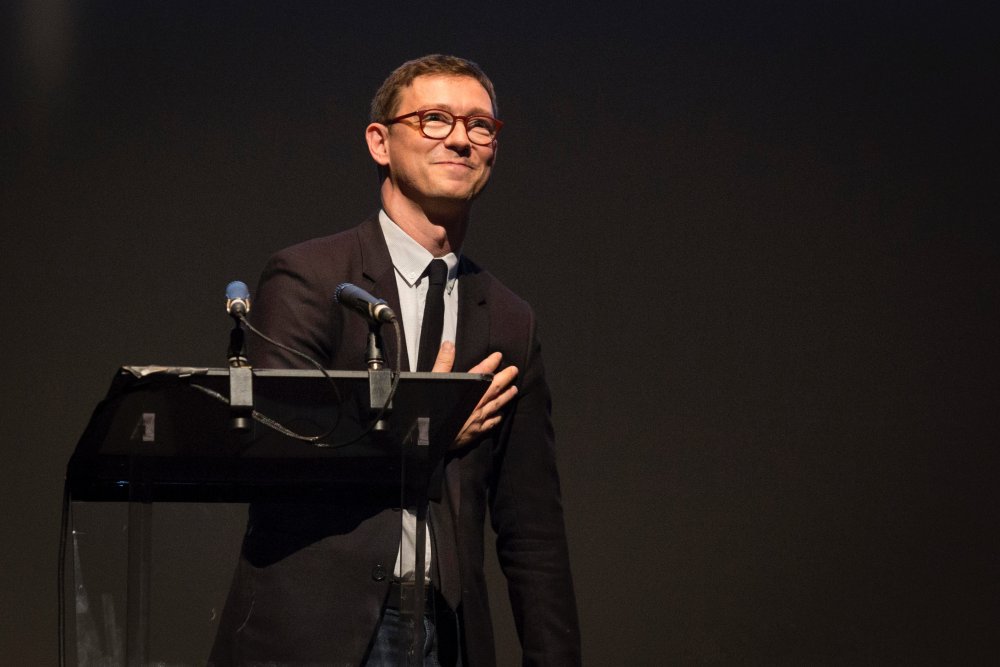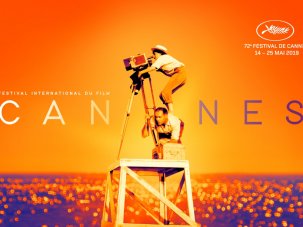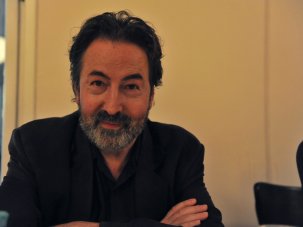After working for numerous European festivals and film institutions over the last decade, including the Venice Film Festival, Italian-born, French-based Paolo Moretti was appointed March last year as the new head of Directors’ Fortnight, a parallel section that takes place during the Cannes Film Festival and was initially founded in opposition to it. He talks to James Lattimer on the eve of the festival about putting together his first selection and the ideas behind the process.
The 51st Quinzaine (Directors’ Fortnight) runs 15-25 May 2019.
You were appointed to head Director’s Fortnight just before last year’s 50th anniversary edition. How do you think starting at that historic moment affected the sort of programme you’ve put together? There’s the need to continue certain traditions on the one hand, but also create something new on the other.
My starting point was to reflect on the very nature of the Directors’ Fortnight, where it comes from, what motivated its existence and how that original setting has changed in the meantime. In its first ten years, the Fortnight not only proved there was a space for singular, daring visions within the more institutional Cannes Film Festival of the time, but that such visions could also have a commercial potential.
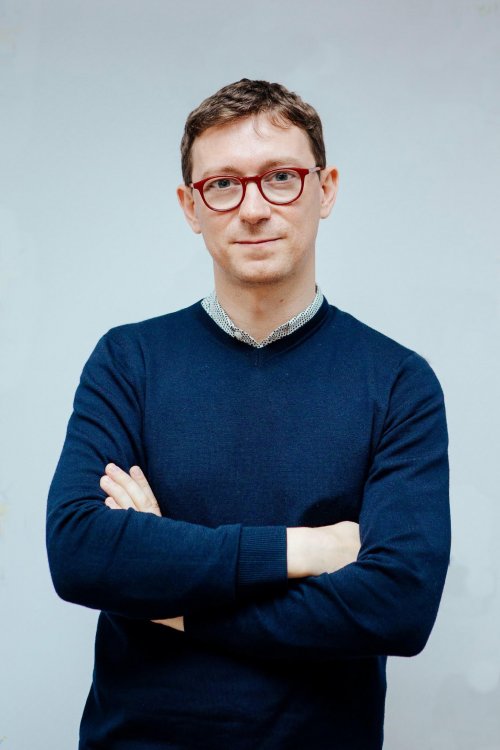
Paolo Moretti
This dynamic was of particular interest for me because it persists to this day: formal experimentation and varied programming on the one hand, alongside the fact that the Fortnight happens during the Cannes Film Festival and thus benefits greatly from the resultant industry presence on the other. Finding a balance and establishing an appropriate dialogue between these two ‘souls’ of the Fortnight was a key part of the process and that’s what we tried to do with the selection this year.
Another important principle I took from the Fortnight’s early years was its collective origins. I thus worked closely with the selection committee, advisors and correspondents, it wasn’t about creating a scene for a single ego. I really wanted to create a truly broad discussion around every single film, because I believe this discussion will then hopefully taken up at the festival itself and then translate into a warm reception.
And last, but not least, change is obviously ongoing and the first year is generally not very representative of the potential of a project, so I hope I will be given a few more years to develop things yet further.
When you presented your selection for the first time a few weeks ago, you mentioned that 16 films were made by directors who have never shown in Cannes before. What were your criteria in picking these first-timers, as it were?
We never actually thought about including Cannes ‘first-timers’ in the selection, it was something we only realised had occurred after completing the selection. But it was also very natural for us, because we believe that one of the historic roles of the Fortnight has been to bring things to Cannes that wouldn’t otherwise be there, which was something that very much motivated the choices we made.
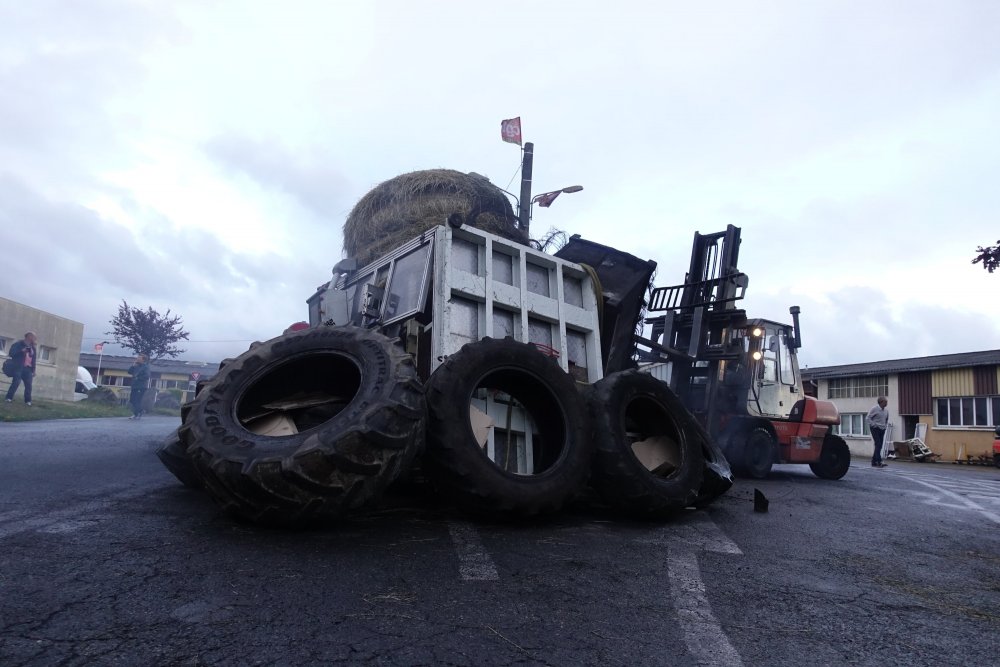
Lech Kowalski’s Blow It to Bits (On va tout péter)
Take Lech Kowalski. I’ve been following his work since the beginning of the 2000s and he’s long been part of my cinephile life. He had his new film Blow It to Bits ready, I shared it with the committee and it both triggered our enthusiasm and made total sense in the selection. And it was a joy for me to realise afterwards that this would be Lech’s first time in Cannes and that one of the most interesting film directors of the last decades is now arriving at the festival thanks to the Fortnight.
The selection also includes some big names whose work has previously screened in the Official Selection, whether Bertrand Bonello, Lav Diaz or Miike Takeshi. How do you see the role of Directors’ Fortnight in showcasing established directors and how does that role differ from what the Official Selection is doing?
Part of putting on any event is about creating a mix between the expected and the unexpected, a balance which can also be of clear benefit to less well-known directors or debut films. And choosing these more established names was hardly anything we needed to force, because they had films that were easy to include in the general spirit of the selection.
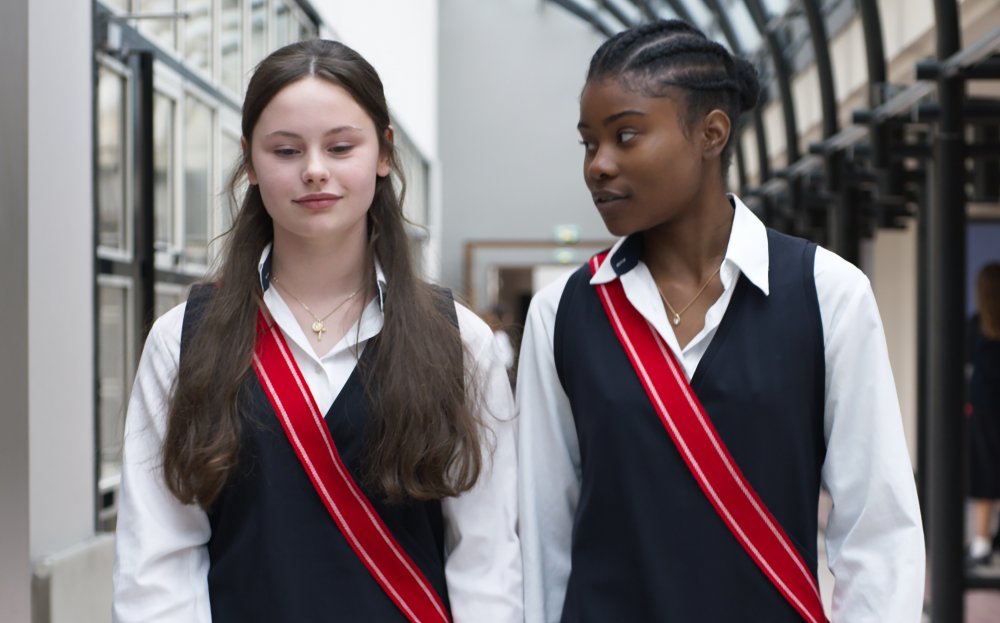
Louise Labeque and Wislanda Louimat in Bertrand Bonello’s Zombi Child
Bertrand Bonello’s Zombi Child is, for example, a zombie film which blends 1960s Haiti with contemporary Paris in a very risky, daring way, which thus means it very much taps into the spirit of the Fortnight. And Lav Diaz’s new film The Halt is a work of speculative science fiction set 10-12 years in the future that’s shot only at night. He’s also exploring aesthetic and narrative universes that are very much new to him.
So both films appear to be genre pieces of sorts. Can you talk a bit about how your vision of the Fortnight dovetails with genre? Perhaps It’s worth mentioning here that John Carpenter will be receiving the Carosse d’Or at the start of the festival.
Isn’t that just the perfect way to get things going? I’m not interested in genre for genre’s sake, though; I’m more interested when directors borrow genre codes that they then incorporate into their own personal vision, and that’s exactly the approach taken by the films dealing with genre in this year’s selection. And John Carpenter is very much a mentor of this type of practice.
In another context than the Fortnight, a film like Robert Eggers’s The Lighthouse, another title that’s obviously going to draws attention the programme, might have been considered a genre film, although it’s actually a genre unto itself. It was always clear to us that the film is far more than that, that there is a director behind it; we’re called Directors’ Fortnight after all.
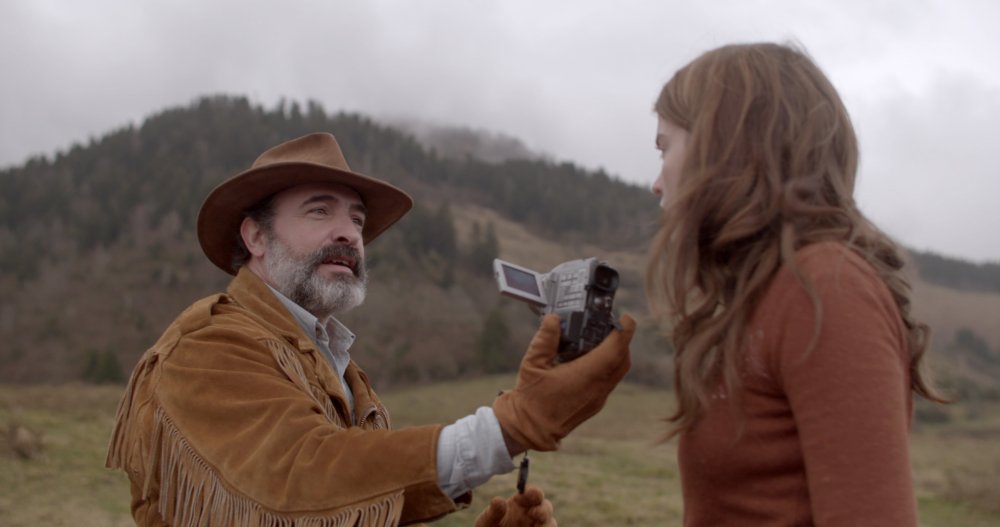
Jean Dujardin and Adèle Hanele in Quentin Dupieux’s Deerskin
Deerskin, the opening film by Quentin Dupieux, a musician-turned-director with a very unique career trajectory, is another example here. He’s equally creating his own genre, referencing certain motifs or narrative ideas, even as the film always remains something entirely his own.
The question of gender parity is still very much on the agenda, with Cannes, Venice and Berlin all having signed the 50/50 by 2020 gender parity pledge. That pledge doesn’t obviously go as far as including quotas, but the idea is clearly to increase the representation of women in selections. How did you go about implementing the pledge? The result is four features by women in a selection of 24.
The parity pledge I signed last year at Cannes is about attaining equality in selection committees and creating transparency about the percentage of films submitted by women compared with the number in the selection. We were the first gender-equal selection committee to be announced earlier this year and we obviously calculated the number of films made by women submitted to the Fortnight and arrived at 22-24 per cent. If we take the four directors of the features and the five directors of the shorts plus Laurie Anderson, to whom we’re dedicating a virtual reality exhibition this year, we are in line with the pledge.

Alice Furtado’s Sick, Sick, Sick (Sem seu sangue), one of four features in the Quinzaine selection
More generally, there are two schools of thought here. There are those who say you should select more films by women to start a movement in that direction. But both I and the selection committee, which is, as I said, gender equal, didn’t like the idea of doing that. The four films directed by women in the feature selection and the five among shorts ended up in the selection entirely naturally and we realised we were in line with the pledge without having had to force things or do anything artificial. The latter can trigger the same concern I’ve heard various female directors express, that they’ve been selected because they are women, which for me doesn’t serve the right purpose.
As I said when I signed the pledge, it’s very easy to point the finger at film festivals because they’re the most visible part of the industry, but if we really want things to evolve, a similar parity pledge should be signed by every category implied or involved in the production of a film, whether the national commissions that provide grants, the producers that select projects and so on. This is where we are, we’re transparent, we have a gender-equal committee, we’re extremely sensitive to the question and we’re willing to go further in that direction. I realise it’s not enough and it’s probably not extremely encouraging, but it’s also an ongoing discussion and one where I don’t have the final word. Change needs to happen progressively and across all categories.
-
The Digital Edition and Archive quick link
Log in here to your digital edition and archive subscription, take a look at the packages on offer and buy a subscription.




